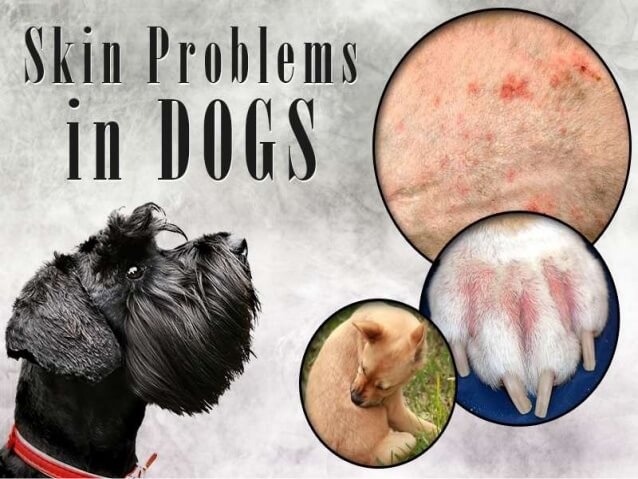animal control lahore, animal hospital lahore, Best Pet clinic in Faisal town, Pet care, pet clinic
Common Skin Issues in Dogs
Hygiene and grooming is a crucial process for dog owners. Here are some common skin problems you should look out for in your dog;
General Skin Issues
These issues usually occur along with other diseases or may be pointing out to a variety of different illnesses rather than a specific one.
- Hair Loss
A degree of shedding is normal for dogs – some breeds shed more than others. Shedding also depends on the season – in winters, dogs shed more to make a warmer coat while in spring, they shed more to make a lighter coat for the summer. However, abnormal hair loss could be because of;
- nutritional imbalance
- Stress
- sickness
2.Coat & texture changes
Like hair loss, these can occur due to seasonal changes. A duller or brighter coat also be pointing out;
- Skin disorders
- Allergic reactions
- Hormonal issues
3.Dryness
Dry skin is normal during the winters for even dogs but could also be pointing out to a number of skin problems.
- Hot Spots
These are areas on a dog’s skin that are red and quite inflamed. When touched, they feel hot and mostly appear on the dogs chest, head or face. Hot spots spread very fast and the dog will constantly lick them. They are also symptoms of underlying health issues.
- Seborrhea
This is a condition where the dog’s skin develops dandruff and becomes greasy. Some dogs have seborrhea genetically but usually it is due to external factors.
- 6. Allergic Dermatitis
This is a disease where the dog has an allergic reaction due to pollen, insect bites or food allergies for example. The skin becomes itchy and the dog persistently rubs, scratches and bites it. Acral Lick Granuloma or lick dermatitis could also occur when an area on the skin does not heal and the dog licks it constantly.
These issues can only be treated once the dog is checked up by a vet .Usually, only a simple blood test is required.
INFECTIOUS SKIN ISSUES
Yeast Infections
A fungus called yeast can multiply easily in the paws and ears of the dog since these areas of the body are enclosed and warmer.
Symptoms
- skin discoloration
- Itchiness
- constant scratching (of ears) & licking of paws
Folliculitis
Folliculitis in dogs usually happens due to bacterial infections, but parasites, fungal infections and immune system disorders can also be culprits.
Symptoms
- Bumpy, scaly skin
- Sores
- Redness
- dullness in coat color
Impetigo
Usually occurring in puppies less than a year old, impetigo is caused due to bacteria and the abdomen and chin are the most affected areas. It is usually never serious; puppies are able to outgrow it.
Symptoms
- circular blisters on the hairless area of belly
- yellow crust around blisters
- red or pus-filled bumps
Ringworm
Contrary to popular belief, ringworm is not caused by worms but by fungus that infects the hair, skin and even claws.
Symptoms
- ring-like patches on the skin
- drier hair
- rougher claws
- inflamed skin
Pyoderma
This is a bacterial infection which results in pus formation in the and is usually secondary to other health problems. The warmer areas of the dog like ears and armpits are the most at risk.
Symptoms
- Excessive itching
- Pus or blood secretion
- Inflammation
- Bald patches
PARASITIC SKIN ISSUES
An unhygienic environment is the main reason for parasitic infestation. A living, crawly insect starts living on the dogs skin and gets food from it, which is usually blood. This can lead to blood loss, anemia and exposure to more parasites.
Fleas
Symptoms
- usually visible deep inside the dog’s coat
- droppings and eggs can be seen at times
- persistent licking
- scabs on skin
Mites (or Mange)
In some cases, Sarcoptic Mange can spread from other dogs and even be transmitted to humans while Demodectic Mange is not contagious.
Symptoms
- Intense itching
- Sores
- Redness
- Abnormal hair fall
(These symptoms are readily visible on the dog’s face, legs and ears and vary depending on the type of mange.)
Ticks
Dog ticks can occur even if one tick enters the dog’s skin through outdoors.
Symptoms
- can be seen on the dog’s skin with naked eye
- lumps deep inside the skin felt while combing.
- As ticks carry bacteria, tick-borne illnesses are the most dangerous symptom and are easily transmittable to humans. Tick paralysis may also occur – the dog might start panting and salivating constantly and also have wobbly legs. Lyme Disease and Rocky Mountain Spotted Fever can result from ticks too.
SKIN TUMORS
Most dog tumors are benign, so they do not grow back once removed. The tumors usually appear as individual blackish clumps or large and wrinkled masses on the skin. If the tumor is cancerous, your dog may even start to show various symptoms.
SKIN DISORDERS
Disorders can be auto-immune and the dog’s immune system attacks its own cells. Disorders such as Fragile skin syndrome, Follicular canine dysplasia and Juvenile cellulitis are genetically inherited. Some disorders are also chronic and therefore incurable, like Atopic dermatitis. Thus they need to be diagnosed properly before treatment.
Diagnosing and treating skin issues
Upon noticing any unusual skin or coat changes in your dog, you can get it checked. Vets will usually prescribe products like tick collars, shampoos, ointments as well as medicated baths. Cleaning the dog’s home and avoiding unclean outdoors is also required. If conditions worsen antibiotics and oral drugs are also preferred.

